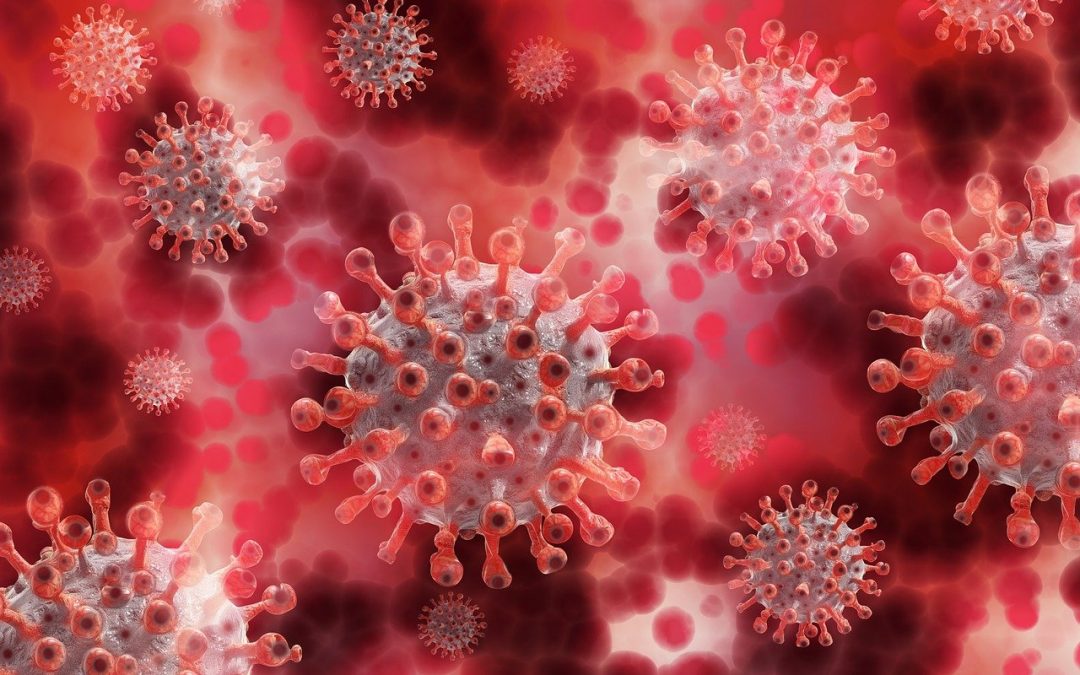
How to Handle Living with Covid 19
We are up against a ball of genetic material. We are not winning, because we are thinking short-term, moving in only one direction, and not seeing the entire picture.
We may not have an injection or pill in the coming months. Instead, we need preventive measures that can accumulate into very effective interventions. Drugs, such as dexamethasone and remdesivir, which seem to help certain patients in specific situations. But we need distancing and masking.
A vaccine will not instantly eliminate the need for everything else. If we can accept that masks will be a part of our lives indefinitely, we can focus on improving their effectiveness and making them less annoying to wear.
America’s “reopening” process is going to be a jagged roller coaster toward some new way of life. In July, my state California ordered businesses and churches in some counties to again halt indoor activities after the state saw a rise in positive tests and admissions to intensive-care units. Everyone will be better prepared if we plan for schools to close and for cities and businesses to shut back down, even while we hope they won’t have to.
Every place that’s reopening should assume that it might have to navigate further closures. This spring, where everything shut down in a week, was utter chaos. I’m afraid that scenario will play out again. We have the opportunity to avoid that. We need to live like we are contagious
Even with the virus, plan to spend the winter living as though you are constantly contagious. The virus liquid particles we spew can be generated simply by breathing, but far more by speaking, shouting, singing, coughing, and sneezing. Every effort at minimizing unnecessary contributions of virus to the air around others helps.
Also, it’s not just the distance from another person that determines transmission; it’s also the duration. A shorter interaction is safer than a longer one. Any respiratory virus is more likely to cause disease if you inhale higher doses of it. If you do find yourself in high-risk scenarios, at least don’t linger.
Socialize and exercise outdoors when possible. During the holidays, don’t plan gatherings in places where you can’t be outdoors and widely spaced.
This is an overdue opportunity to create and upgrade to permanently pandemic-resistant cities, businesses, schools, and homes. We need to build the infrastructure to keep workers safe, especially those deemed essential. Businesses can minimize spread by making ventilation upgrades permanent.
Keeping people safe makes economic sense as well. Building for pandemics also extends beyond physical infrastructure, to child care for workers, public transit, safe housing and quarantine spaces, and supply chains for everything from masks to air filters to pipette tips.
Developing fast and reliable ways to detect the coronavirus will be more crucial during the winter. Symptoms of the flu and other respiratory diseases can be effectively indistinguishable from early and mild symptoms of COVID-19.
But returns to normalcy in the coming year will depend on advancements in testing for the coronavirus itself. As of now, PCR tests, the most widely used forms of diagnostic testing, are not suited for efficient, massive-scale screening. The U.S. Food and Drug Administration issued an emergency use authorization for the first COVID-19 diagnostic test for self-testing at home and that provides rapid results. The test kit is a molecular (real-time loop mediated amplification reaction) single use test that is intended to detect the novel coronavirus SARS-CoV-2 that causes COVID-19. Results would ideally be coordinated nationally, with real-time tracking, to inform precise and minimal shutdowns.
There will be no fireworks or parades, when we succeed, only a slow march onward. Whether technological advances can help us chip away at the spread and severity of this disease will depend on how we use, distribute, and understand them.
Throughout the pandemic, America’s most significant barrier to this progress has been the current organization. Since February, they have depicted his response to the virus as a success by minimizing the threat. They have exaggerated and lied about treatment options, about the availability of tests, and about the importance of preventive measures such as masks.
If we insist that normalcy is on the horizon it trades long-term safety for short-term solace. In this administration, the agencies that typically ensure the accuracy and proper usage of medical products like tests and vaccines—the FDA and the CDC—have been weakened and politicized.
In August, the White House urged a rewrite of CDC guidelines to discourage testing asymptomatic people who have had high-risk exposures to people with COVID-19. This week, The New York Times reported that this happened over the objections of CDC scientists. In the coming months, “direct to consumer” sales of COVID-19 tests are expected to further clutter the information landscape. It will be up to the FDA to ensure that they work. Tests and vaccines will be worthless if the public can’t or simply doesn’t trust them.
The lack of a scientific basis for a shared reality—and a willingness to accept that reality—continues to be America’s greatest weakness in this pandemic. This is all the more reason to prepare ourselves for the months ahead.
Build emotional reserves where you can. Make concrete plans for how to isolate and quarantine; to maintain access to credible information; to get medical care quickly.
Consider simple ways to help your communities. Offer to help friends and family care for children. Ask yourself what you can do, right now, for the people who would be burdened most by new waves of illness. Do you have neighbors who wouldn’t be able to get out at all? Do you have elderly relatives who would be totally alone?
But many of the emotions and psychological bruises we are dealing with right now are actually similar to what astronauts experience in space. Learning to accept and be comfortable with unpredictability is something that is built into astronaut training.
What you can control is how you react to that situation. What you can control is whether or not you let yourself go down a bad mental path or not.”
Learn how to stay connected to loved ones when we can’t be physically present. You have to be creative in how you stay relevant in the lives of your loved ones. Staying relevant means you don’t just communicate occasionally by email, you do things that almost feel like you’re close.

